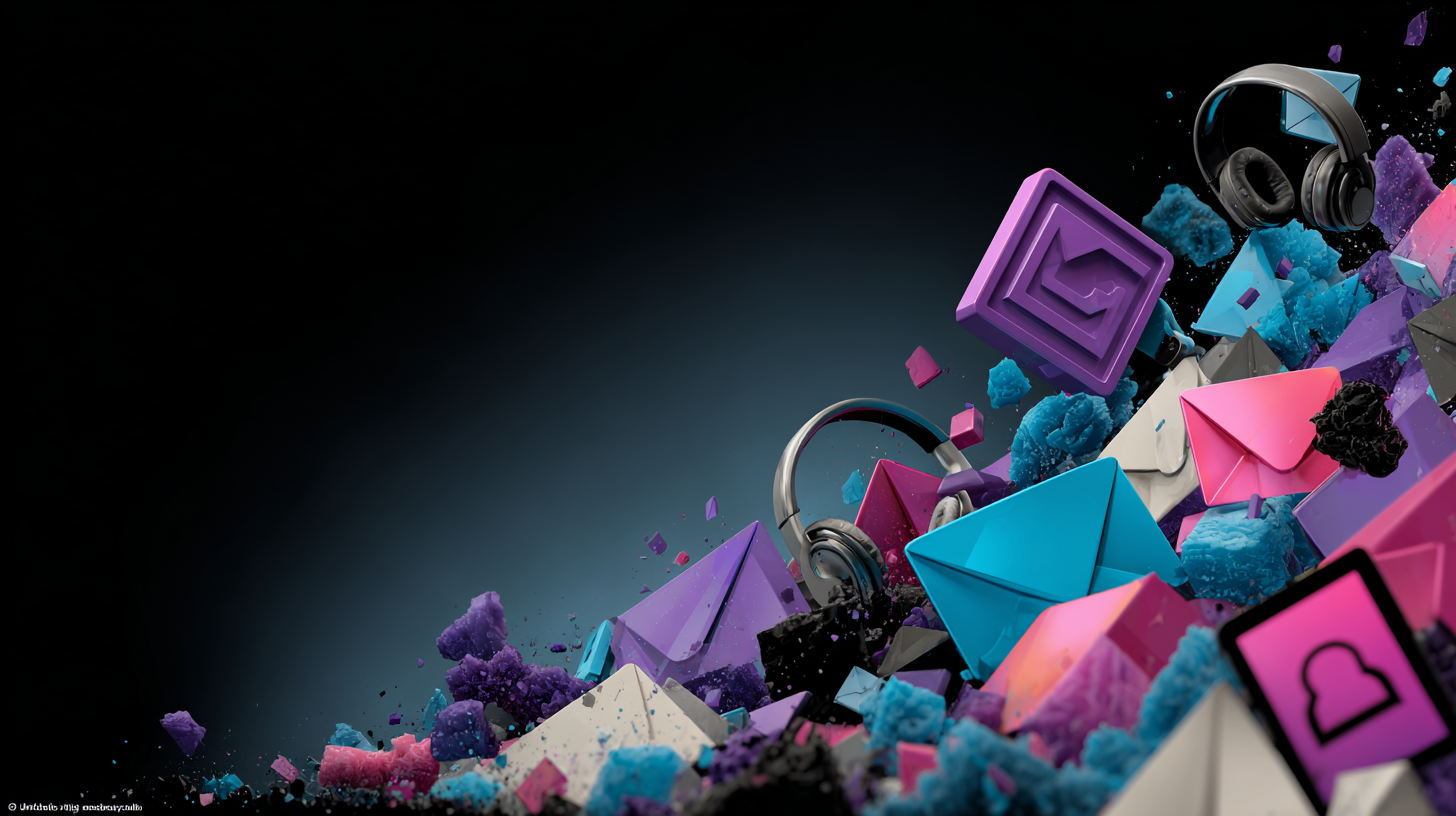
The way people consume information is shifting faster than ever, and for brands looking to lead the conversation, the rules have changed. The Reuters Institute Digital News Report 2025, Press Gazette’s web traffic rankings, and Axios’ “Shards of Glass” theory all point to a critical communications truth: audiences are splintering, attention is more elusive, and influence no longer flows from a handful of centralized outlets.
For tech brands and business communicators, this isn’t just a media trend. It’s a strategic imperative. Reaching the right audience now means navigating a fractured, fast-moving environment with nuance, clarity, and creativity.
Traditional Media No Longer Dominates
Once, a single homepage hit could anchor a campaign. Today, that same coverage might only reach a small slice of your audience. Legacy media outlets are losing visibility and volume. According to the Press Gazette, Mail Metro Media dropped 11.4% in readership in a year. News UK lost 9.1%. And X (formerly Twitter) is no longer among the UK’s top 15 news platforms.
This decline mirrors what Axios describes as the “Shards of Glass” phenomenon: the idea that news distribution has shattered into hundreds of micro-fragments. No single channel commands universal attention. Instead, people skim headlines on LinkedIn, dive into niche newsletters, binge industry podcasts, and stumble onto TikTok explainers, all within a single day.
For brands, this means the media landscape no longer functions like a megaphone. It behaves like a kaleidoscope, constantly shifting and highly segmented. A static PR plan focused solely on earned media won’t cut it. You need a dynamic strategy that accounts for channel fragmentation, repurposes your message in platform-specific ways, and reaches audiences where they actually are.
What are the biggest communications challenges for B2B tech brands in 2025?
- Fragmented media channels
- Declining trust in traditional outlets
- Selective news avoidance
- Peer-led influence
- Format-specific content expectations
Influence Is Now Peer-Led and Platform-Native
In this environment of media “shards,” trust flows not from legacy brands, but from credible individuals embedded in the platforms people use most.
Reddit is now among the UK’s top 10 online publishers. Meanwhile, influencers like Bernard Marr or podcasters like Joe Rogan reach as many people as major news outlets.
This shift is especially pronounced in the tech and B2B space. Decision-makers and practitioners are listening to product engineers on LinkedIn, contributors on GitHub, or respected analysts on Substack, not just spokespeople. And one of the reasons we built our EBM product.
Brands that succeed in this model aren’t just telling their story once, they’re enabling others to carry it across many fractured surfaces. That means building relationships with platform-native voices, empowering internal subject-matter experts to share insights publicly, and creating content that’s flexible enough to travel across formats.
Selective News Avoidance Is Real—And Growing
As the information environment splinters, many people are choosing to tune out entirely. Reuters Institute reports growing levels of “selective news avoidance”, where users, overwhelmed by volume or negativity, deliberately disengage.
This has major implications for attention. Even if your message gets published or posted, there’s no guarantee it will get noticed, let alone remembered. For brands, the solution isn’t to shout louder, it’s to speak smarter. Prioritize clarity. Lead with empathy. Communicate utility. And above all, deliver value at first glance. In a “shards of glass” ecosystem, audiences aren’t browsing, they’re scanning.
Trust Is Harder to Earn, and Easier to Lose
Fragmentation doesn’t just affect distribution, it impacts perception. With fewer shared reference points and more noise, trust is increasingly fragile. In the technology space, where brands are navigating conversations around AI, data privacy, cybersecurity, and sustainability, this is especially acute. One poorly timed announcement or tone-deaf campaign can undercut years of brand equity.
That’s why comms strategies must be grounded in credibility and consistency. Every touchpoint, whether a podcast guest spot, a bylined article, or a tweet from your head of product, contributes to or detracts from your trust halo.
Formats Are Shifting And So Are Expectations
In a fractured landscape, formats matter more than ever. Audiences are seeking content that fits their habits:
- Podcasts for long-form analysis on the go
- LinkedIn for bite-sized professional insight
- YouTube and TikTok for visual explainers
- Newsletters and Substacks for curated expertise
If your strategy still hinges on one hero announcement or a single long-form asset, you’re limiting your visibility, and your effectiveness.
Five Communications Shifts B2B Tech CMOs Can’t Ignore in 2025
Here’s how tech brands and comms leaders can stay ahead in this “shards of glass” era:
1. Build for Distribution, Not Just Publication – Design every message to be modular, remixable, and adaptable across platforms from podcast soundbites to LinkedIn slides to short-form video
2. Invest in Ecosystem Influence – Reach beyond traditional media. Cultivate analysts, technical creators, employees, and advocates who can help tell your story in new spaces
3. Speak With Empathy, Always – Don’t add to the noise. Communicate with care, especially when addressing complex or emotionally charged topics like layoffs, innovation ethics, or industry shifts
4. Lead With Value, Not Volume – Make it easy for audiences to get the “so what” fast. Clear, well-packaged insights will win over jargon-heavy, one-directional messaging every time
5. Choose Partners Who Understand Fragmentation – Modern PR is not media relations alone, it’s the orchestration of earned, owned, social, and influencer. Work with partners who can make your message move across all of it
Final Thought: In a Fractured World, Precision Wins
There is no single front page anymore. There’s no universal inbox, feed, or homepage. The media environment has splintered, and with it, the path to audience attention.
For communicators, that’s not a crisis. It’s a call to adapt. At SourceCode, we help technology brands navigate fragmentation by building clarity, trust, and resonance, across the shards. If you’re ready to make your message sharper, more adaptive, and more impactful, we’re ready to help.





